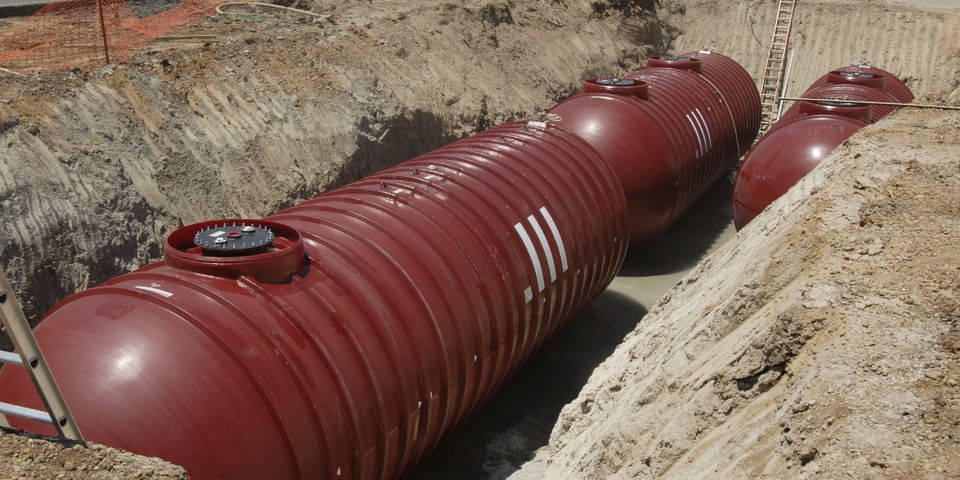4 FAQ About Removing an Underground Oil Tank

If you have a heating oil tank that has been giving you trouble, or if you have recently switched fuel systems and no longer need it, you may be wondering if you should have it removed. Fortunately, underground fuel tank removal is a simple task when handled by an experienced contractor. Here's what you should know about the process.
A Guide to Fuel Tank Removal
What are some reasons for fuel tank removal?
Both above-ground and below-ground tanks eventually corrode. Their life span averages between 20 and 40 years, after which they pose a significant leak risk. Heating oil, diesel, and other fuels are toxic to the environment, can kill or damage plants and animals, and make the soil inhospitable to life.
Soil cleanup is regulated by state and federal governments, and the process is expensive and burdensome. As such, tanks must be removed and replaced as they age or once their useful life is over.
How do I know if my property has an underground tank?
There are normally visual clues that a tank is buried, including above-ground vent pipes, filters, and oil return lines. You may see disconnected lines coming through your basement wall or raised land at the burial site.
However, to be certain you have an underground tank, consider hiring a trained environmental inspector to check the area with a metal detector or an RF locator. This could save you from fines and cleanup costs in the future.
How long does fuel tank removal take?

Installation and removal of an underground fuel tank can each be accomplished in about a day. If you choose to get a new one, an above-ground model is likely the best option. Repair and maintenance are less difficult for this type of tank.
What occurs during the removal process?
A professional will measure the tank's dimensions and check how much fuel it contains. They'll issue a cost estimate, and if you agree to it, file all necessary permit paperwork with your county or municipality.
They'll also contact your utility companies regarding the placement of underground water, electric, and gas lines. Next, they'll excavate around the tank and remove it, after which an inspector will examine it for leaks. If none are detected, the hole is filled and the area reseeded. If they discover a leak, the appropriate oversight agency is notified to begin cleanup activities.
If you need reliable fuel tank removal, contact R. Fuessel Pump & Tank in Trenton, NJ. They've helped homeowners dispose of oil tanks since 1932. Once they remove the tank, they can also repair the surrounding soil from the effects of a leak and install a new one. Learn more about their services on their website, or call (609) 392-0838 to schedule fuel tank removal.
About the Business
Have a question? Ask the experts!
Send your question

